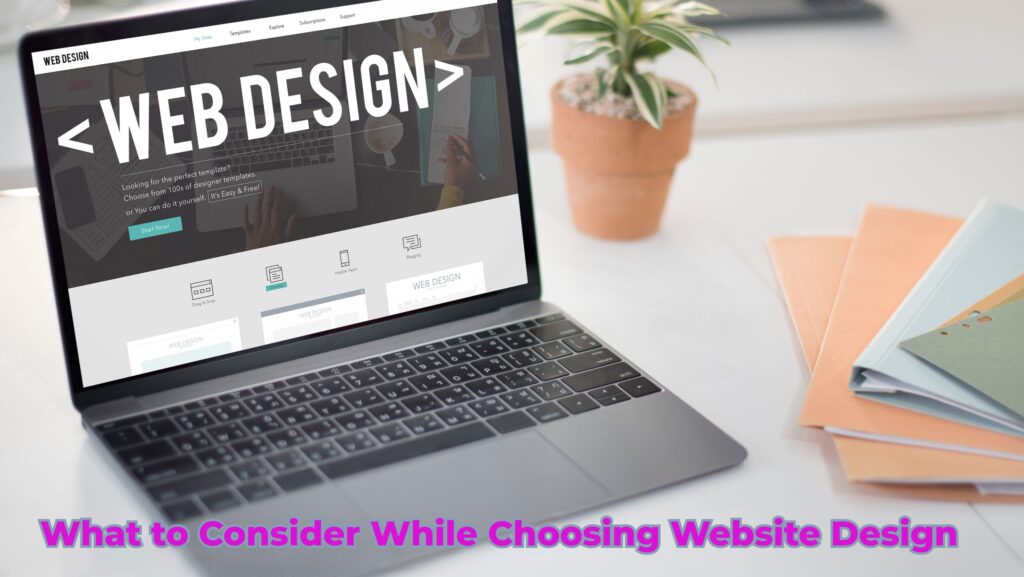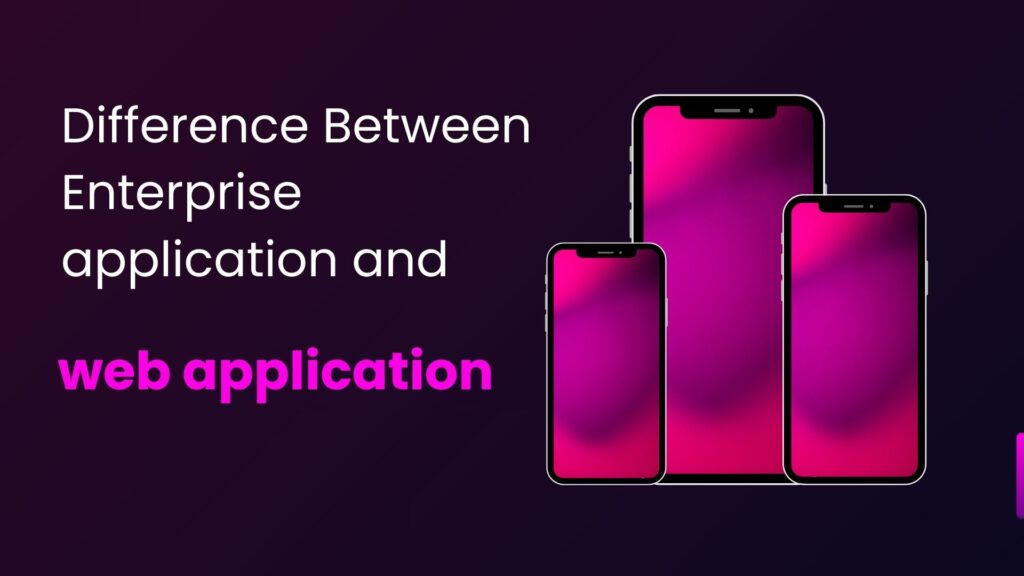What to Consider While Choosing Website Design? Selecting the right website design plays a vital role in the initial steps of one’s online business. The layout of a website helps get the attention of the visitor, but also keeps the visitor engaged so that he does not leave the site. So when choosing the design of the website, one must consider an appealing outer appearance, usability, as well as niche requirements. When you ensure your website design matches your brand and objectives, you get a platform that is well received by the customers and helps in conversion. This paper will discuss the important factors that should be taken into account when choosing the most appropriate design for your website.
What to Consider While Choosing Website Design

Purpose and Goals
However, before going deeper into the choice of designs, it’s crucial to state the goal of creating the website. What is your purpose of using the website? You may want to educate, share product or service, or just let people know about your portfolio? If more specific objectives are established for a given task, the design approach will be better in the long running website.
Target Audience
Developing the right design of the product depends on the knowledge of the people you wish to sell the product to. Contained demographics include age, interests, and technological expertise. The website graphics and design must be adapted to the user’s requirements to improve the satisfaction and usability of your webpage.
Layout and Navigation
The design should be simple, hence the layout of the site should enable ease of browsing through the site. Appropriate design of navigation menu, high informational hierarchy, and more relevance use of many necessary parts can enhance the interaction and usability of a site.
Visual Appeal
The appearance of the site can grab the attention, and remind the audience that the creator or company is professional. Reflect on the color used, type face, and images adopted in the site. The use of consistent designs makes the appearance of your website and other related products unique and sought after by customers.
Mobile Responsiveness
As more users access websites through their mobile devices, it becomes important to make your design mobile-compatible. A responsive design can be useful for screens of all sizes, allowing a user experience consistent across all devices.
SEO Considerations
The use of SEO strategies in the design of a website can help increase its ranking on the search engines. Make sure your design incorporates tags, alt tags for images, and site structure, so you can ensure you are being indexed and drive organic traffic to your site.
Loading Speed
The rate at which the page loads is important, so that the client does not get bored and starts visiting other sites. Choose images with smaller file sizes, use efficient and proper code for the web page to load faster, and give the users a better experience.
Content Management System (CMS)
Choose suitable for your CMS according to your needs and competence. A CMS that a non-technical person can easily navigate, and be used to post updates as they come in, to keep the website relevant, is important.
Accessibility
The need to ensure that all persons, and particularly the disabled, can access your site is not only legal, but also moral. It is helpful when accessibility standards are met, for example, the use of descriptive texts for images, the right contrast levels, and semantic HTML tags. Self-evaluation can be done with tools and guidelines. The Web Content Accessibility Guidelines (WCAG) can help evaluate the accessibility of your site.
Conclusion
What to Consider While Choosing Website Design? Web design decision depends on various factors, including purpose for a website, the website users or target market, the format, and other factors. When it focuses on looks, mobile-first approach, SEO, and accessibility, you make sure that your site doesn’t only cater to the audience’s needs, but also meets your objectives. Maintenance and utilizing analytics will ensure your website stays on top of its capabilities for consumer engagement at all times. A good website design plays the role of engagement by relaying your brand and message to the people in an efficient and effective manner.




